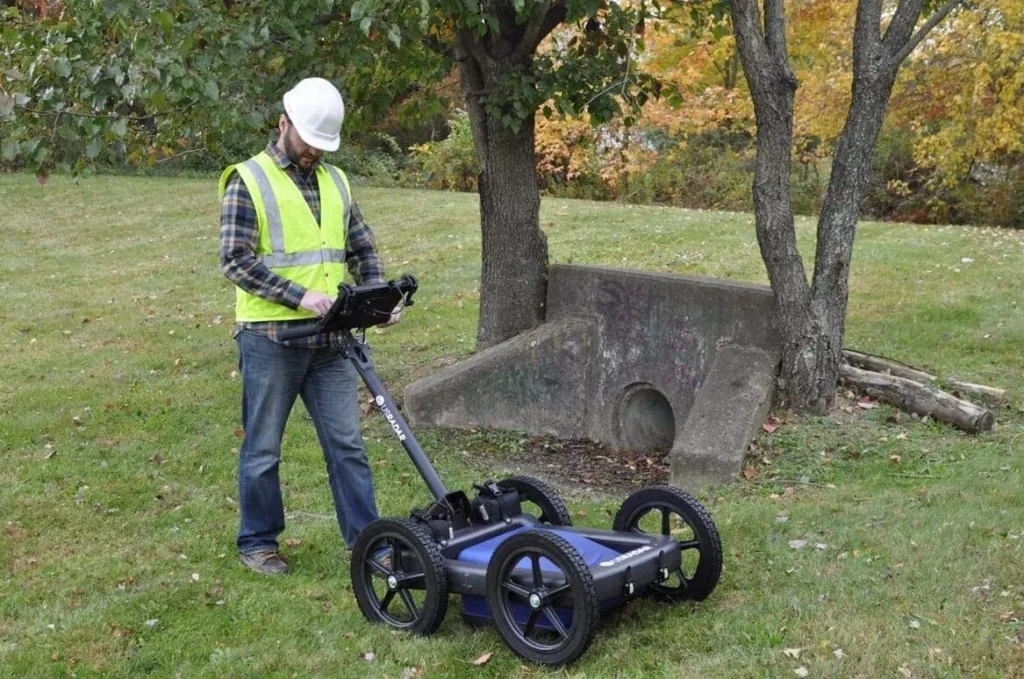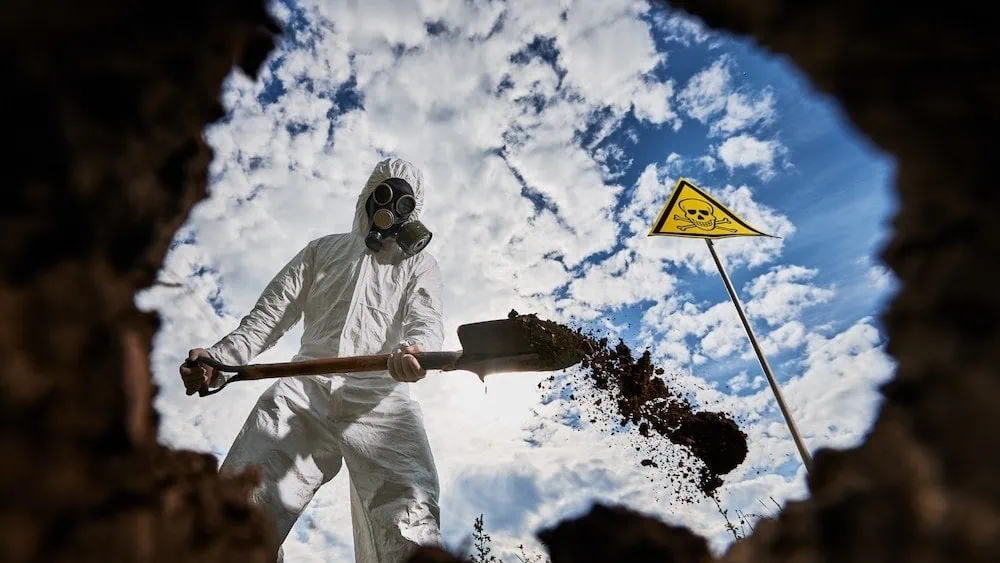Surveying for environmental hazards is a critical step in many processes, including construction and archaeology. Understanding what’s present below the surface can help keep work teams and local residents safe and ensure project managers and companies can plan proactively for any challenges that might pop up. Find out more about surveying for environmental hazards below, including why ground-penetrating radar is a great choice for this task.
Why It’s Important to Start With GPR When Surveying for Environmental Hazards
![]()
A comprehensive subsurface investigation is important anytime you’re planning to dig or build in an area. Knowing what’s going on beneath the surface helps you understand whether:
- The land will support anything you plan to build on it
- Man-made obstacles or dangers, such as utility lines, might be present and a challenge for digging
- The sites you’re looking for, such as potential historic artifacts, might be present
- Challenges, such as rock deposits or caves, might exist in the area
- The water table is (or isn’t) where you think it is
- Environmental hazards, such as buried drums of hazardous waste, are below
All these facts are important to know if you plan to use a piece of land for anything. That’s true whether you’re embarking on a commercial or residential building project, wanting to know whether there’s a potential for mining natural resources, are planning an archeological dig or planning to convert an area of land to farming or recreational use.
In any of the mentioned cases — and any other time when you might dig into, build on or use land — understanding potential hazards is critical. Knowing, for example, that utility lines or pipes run through the area helps you avoid injuries to workers operating digging equipment and damage to utility infrastructure. Likewise, being aware that drums holding hazardous waste materials are buried in the area helps you avoid damaging those drums or using the land near them until the hazards are properly removed.
Not all environmental hazards are man-made, and surveying with ground-penetrating radar can help you identify natural hazards, too. If the water table is very high, for example, you may want to take precautions when building to avoid flood potential. And if voids are present in the soil just below the surface, indicating the presence of caves or other structures, you may need to build elsewhere or shore up the soil under potential foundations.
These are just a few reasons to turn to GPR to detect environmental hazards before taking further action.
How Does GPR Surveying Work?
![]()
GPR works by sending radar signals into the ground and reading the signals that return. Radar signals bounce off of and pass through different types of soil, structures and other items in unique ways, and GPR equipment can pick up those different signals. The equipment gathers data, including the signal type, strength and location. When that data is passed through appropriate computer models, images and information about what is below the surface are created.
How Far Can GPR Detect?
![]()
How deep in the ground GPR can accurately detect items and structures depends on a variety of factors. The frequency of the antenna being used, the type of soil and the conditions of the soil (how wet or dry it is) all play a role.
US Radar’s GPRover Mapping System and Quantum Imager, for example, have approximate accurate penetrations of around 15 feet (4.5 meters) in more difficult soil types and up to 30 feet (9 meters) in ideal conditions. They are able to detect something measuring as small as ¼ inch or 6 millimeters. Our 100 Series, in contrast, can detect something measuring around 20 inches (50 cm) at a depth of 100 feet (30 meters) in ideal conditions.
What Can GPR Detect?
![]()
GPR can detect many things, including metal, wood, plastic and concrete. In many cases, GPR helps trained operators detect things by indicating what isn’t there. For example, a void in the soil could indicate a cave, the presence of water or even a grave site, depending on factors, such as the shape, size and location.
Some specific things GPR can detect include:
- Pipes of various types
- Structures in concrete, such as rebar
- Caves and tunnels
- The potential presence of water
- Historic structures or artifacts
- Metal drums
Can GPR Detect Concrete?
Yes, GPR can detect the potential presence of concrete structures below the soil. It can also penetrate concrete to short depths and detect objects within the concrete, including rebar, pipes, ducts and cables.
Can GPR Detect Organic Matter?
![]()
GPR can often detect organic matter, such as decaying human or animal remains. However, if they are very decayed, a GPR survey can provide some clues as to whether such organic matter might lie below the surface and present an environmental hazard to water sources or building projects. This is because GPR can also detect voids in the soil where organic matter might be buried. In some cases, it may be able to detect where soil was unnaturally disturbed, indicating that something might have been buried at some point.
Can GPR Detect Underground Water?
Technically, GPR can’t directly detect underground water. However, it can detect the signs that underground water is present. One sign is a void in the soil that might indicate a reservoir of water or underground stream is present. In some cases, if soil is waterlogged, GPR can detect that the soil in that area is different from drier soil nearby, which can indicate underground water.
Connect With US Radar to Find Out More
![]()
We can help with your subterraneous survey needs. Contact us today to find out more about your options for GPR equipment for surveys, including those related to environmental hazards.
FAQs About GPR and Detecting Environmental Hazards
![]()
How accurate is ground-penetrating radar?
GPR is typically quite accurate, though how successful you are in detecting items below the surface depends on soil conditions, what type of materials are below and the type of equipment you have. The experts at US Radar can help you understand what technology and training you might need to survey in certain conditions and for specific environmental hazards.






